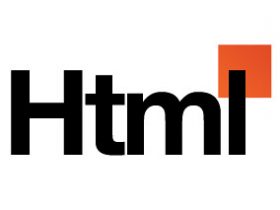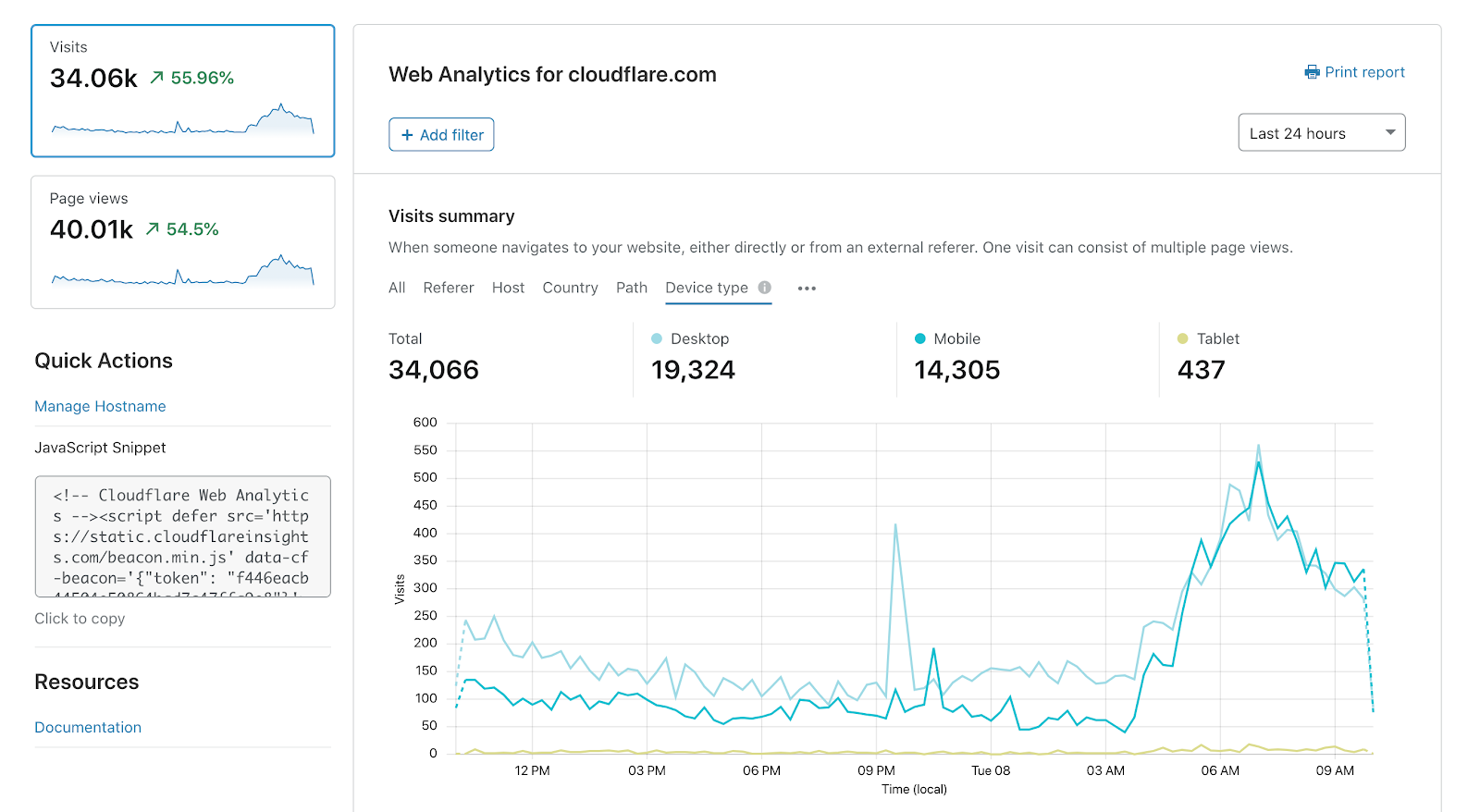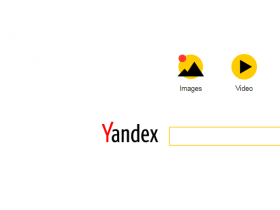What is Google Smart Shopping-We will tell you what Google Shopping is and how to attract more customers through this platform.
Google Shopping is one of the best ecommerce things you can think of to create a first impression. This is a type of advertising campaign , in which a user, even before clicking on an ad, can find out the name of the product and store, the price of the product, discounts or special offers, the rating of the store, the number of reviews, and see a photo.
Advertisements appear on the first search page, Google Shopping, Product page, YouTube.
And one more example:
Card Product:
Marketplace ad block on YouTube:
What is Google Smart Shopping
Google has a smart subtype in addition to regular Shopping Campaigns – Smart Shopping Campaigns . The main difference between them is the use of machine learning, which is needed to automate the selection of optimal settings.
The principle of smart shopping campaigns is very simple: you add a company logo, content, upload product descriptions to a feed, select some or all of the products, the system creates ads by itself and shows the user if the request matches the product.
These are the results you can achieve when you use smart campaigns in your account in conjunction with other campaigns:
We cannot directly influence the operation of smart campaigns, but we can prepare for their launch: intelligently segment products for Google Smart Shopping.
Segmentation of Google Smart Shopping Campaigns
Should I combine all products into one smart campaign? Is it better to segment by category, price, or other metrics? Let’s figure out the basics of structuring smart campaigns so that they work effectively. Well, structure or not structure?
One smart campaign for all products
Google recommends combining products into one campaign unless niche specifics justify another. Naturally, you can launch not all products from the assortment of the online store, but only a part of them.
However, with a very diverse range of products, it is at least incorrect to use all products in one campaign, even in Google’s opinion regarding the rules for creating ads. After all, then the ads will not be as relevant as possible. This means that segmentation is very much needed.
Several smart campaigns with different settings
You can create up to 100 smart campaigns in your Google Ads account. However, a large number of smart campaigns work effectively if the products in the campaigns are not repeated.
For example, you want to test different bidding strategies – maximum conversion value and target ROI. Take 5 products and launch two smart campaigns. At first glance, this is a very logical decision. But there is a nuance: in fact, these campaigns are competitors, and such a struggle will reduce their effectiveness. Even campaigns that match at least 1 product will compete. If the campaigns run at the same time, they may not receive the normal number of impressions. This situation can occur in one or both campaigns.
What will the lack or low number of impressions and clicks in smart campaigns lead to? Officially, this is, of course, Google’s top secret. But from practice, we can distinguish several options for the development of events. The more clicks and conversions, the more relevant and useful the advertising is for the user. If the indicators are unsatisfactory, then the system pessimizes the account in favor of competitors: it will decrease the impressions of your ads, increase the competitive ones that show better results. This situation occurs due to a decrease in the quality indicator . With manual control, you will have to raise bids yourself to be able to win the auction, with smart bidding, everything will be done for you.
If you still plan to run two or more advertising campaigns with different settings for the same set of products, give preference to the standard Google Shopping. They will not compete with smart campaigns, but the latter will receive priority.
Segmentation by category
This is the easiest and most powerful way to segment products for smart campaigns. It is especially important when choosing a Target ROAS strategy, because different products have different margins and target profitability will differ.
Let’s say you sell phones and phone cases. Products from different price categories, they, of course, have different margins. Therefore, you cannot set the same Target ROAS value. If the value is selected according to the category of phones, then the cases will simply not reach it. Conversely, if you focus on covers, advertising for phones simply will not show maximum efficiency and you will not receive additional profit.
Therefore, 1 category = 1 smart campaign.
Segmentation by product potential
Another way to segment smart campaigns is by product conversion.
Sometimes, in smart campaigns, some products perform significantly better than others. Then it doesn’t make sense to advertise the “bad” ones. The way out is to separate the conversion products into a separate campaign. We do this for our clients when we see that some of the products only occasionally appear in advertising, and the campaign itself brings losses.
Let’s summarize
Segmentation to be!
Google Smart Shopping always takes priority over other campaigns. And if the online store has a small assortment, we recommend that you pause the rest when launching smart campaigns. This will prevent you from interfering with your training.
In other situations, select only a fraction of the products in a smart campaign that will not appear in other smart campaigns, standard shopping and remarketing campaigns. These restrictions do not apply to search advertising.






Leave a Reply